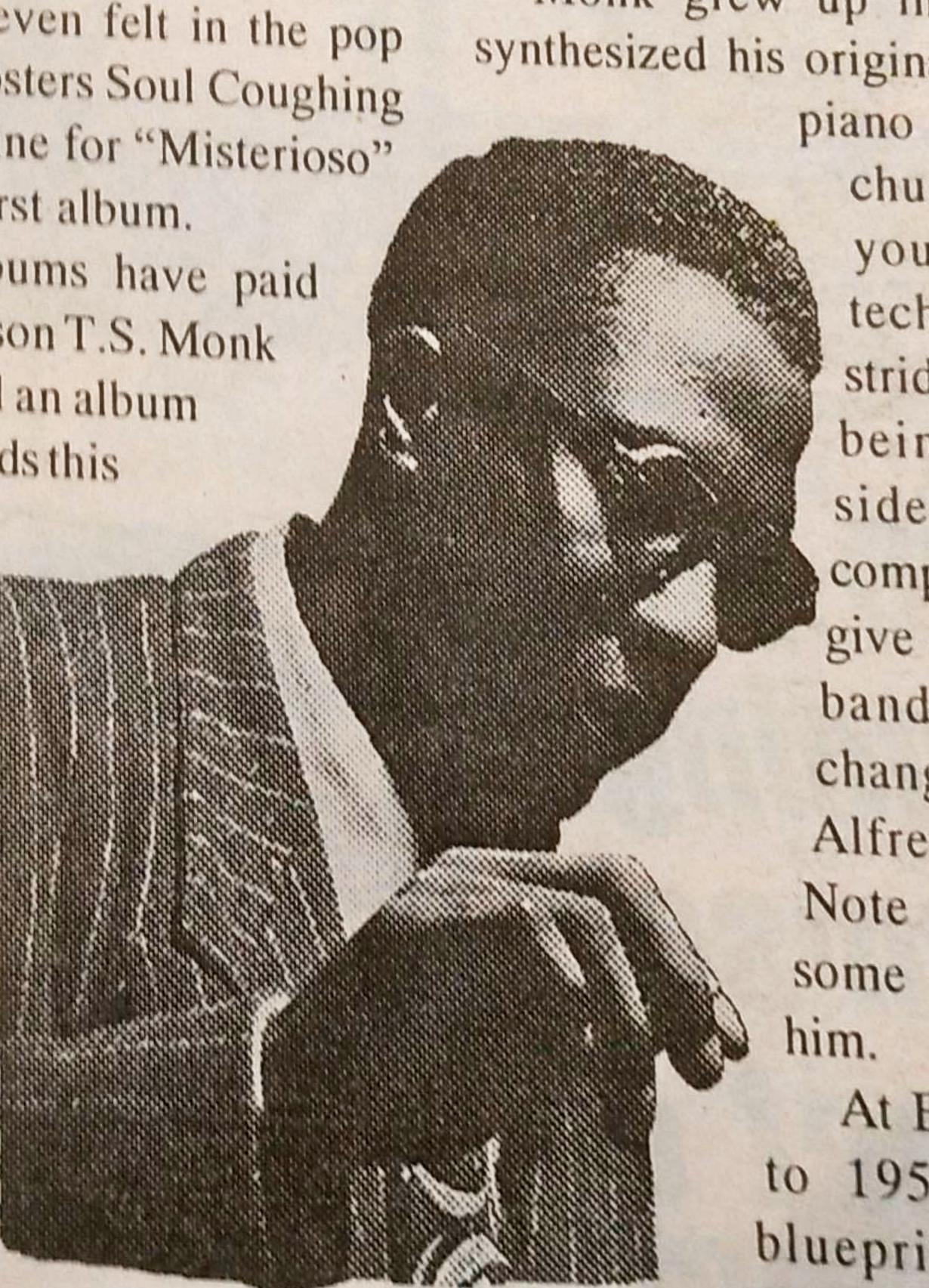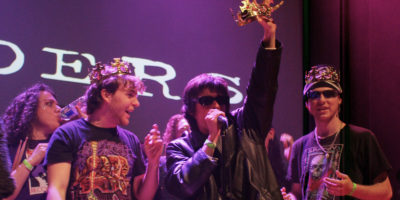By Andre Mayer
Some might say music is nothing more than entertainment, and such as should be governed by the pleasure principle of instant gratification.
This argument would certainly account for the obstinacy of pop music. But if an artist’s work is to persist, it must challenge the listener and reach beyond the “quick fix.” In the case of pianist Thelonious Monk, the challenge he proposed to jazz half a century ago resulted in some of the most enduring gems of modern music.
This year marks the 15th anniversary of Monk’s death at age 65. Many jazz historians regard Monk as one of the progenitors of bebop, the third cog in the hallowed triumvirate that includes Charlie Parker and Dizzy Gillespie. It’s not an entirely misguided claim, but it obscures the extent to which Monk’s music subverted mainstream bebop. It also obscures the fact that Monk spent much of his career having to deal with a public that misunderstood him.
Monk’s death in 1982 came after years of living in seclusion with a mental illness. Throughout his life, Monk remained a mystery to those who knew him, a mad genius lacking the prescribed social skills. But his resistance to orthodoxy in both music and life is what makes him so vital.
Monk’s influence is vast within the jazz world — his style can be heard in the work of everyone from Golden Age pianist Bud Powell to a young lion like Canadian D.D. Jackson.
His influence is even felt in the pop world: New York hipsters Soul Coughing copped the melody line for “Misterioso” for a song on their first album.
An army of albums have paid tribute to Monk. His son T.S. Monk (a drummer) released an album of his father’s standards this fall entitled Monk on Monk, which features all of the biggest names in modern jazz. The Thelonious Monk Institute, a music school in the U.S., strives to develop new jazz talent every year in the spirit of its namesake.
In the early years, critics and fellow musicians were confounded by Monk’s manner. He didn’t talk much, and when he did, his speech was often incomprehensible. He baffled listeners with his idiosyncratic playing style. To the casual observer, his solos seemed sparse and child-like, and this style led many to dub him an inferior musician. The irony is that listeners were simply ill-equipped to understand his genius.
Monk grew up in New York and synthesized his original approach to the piano from the vibrant church music of his youth and the bold technique of Harlem stride pianists. Despite being a congenial sideman, no record company was willing to give Monk a chance as band leader. But that changed in 1947 when Alfred Lion from Blue Note Records organized some recording dates for him.
At Blue Note from 1947 to 1951, Monk laid the blueprint for his groundbreaking sound with a spate of historic recordings that included such legendary tunes as “Round Midnight,” “In Walked Bud” and “Misterioso.” But despite his substantial output during these years, critical praise still eluded him — his style was too perplexing. His piano-playing reflected little of Duke Ellington’s lush chording and even less of Art Tatum’s incendiary skill. Many regarded Monk’s tough style as downright Neanderthalic in comparison. But Monk’s preoccupation was with rhythm — pushing and pulling at the beat, thereby undermining the pulse and twisting the melody. A classic example is the solo in the original recording of “Well, You Needn’t” in 1947, where Monk pounds and kneads the melody to form an entirely distorted picture.
Not until 1957, the year he engaged in legendary dates with tenor saxophonist John Coltrane and a year after he recorded Brilliant Corners, did Monk finally gain widespread recognition. A full decade after Monk had forged his bold style, critics were finally willing to acknowledge Monk’s place in the jazz canon, and as one of the most gifted songwriters of the 20th century. Ironically, his style had changed little in that time.
In listening to Monk’s music, one is struck by his innate cheekiness, and also the sheer focus of his musical construction.
Songs like “Well, You Needn’t” and “Straight No Chaser” have long since become favourites of jazz musicians, while others like “Ruby My Dear” and “‘Round Midnight” have become standards of modern music.
A half-century after Monk began his chapter in jazz history, he still remains one of its most celebrated rascals.










Leave a Reply